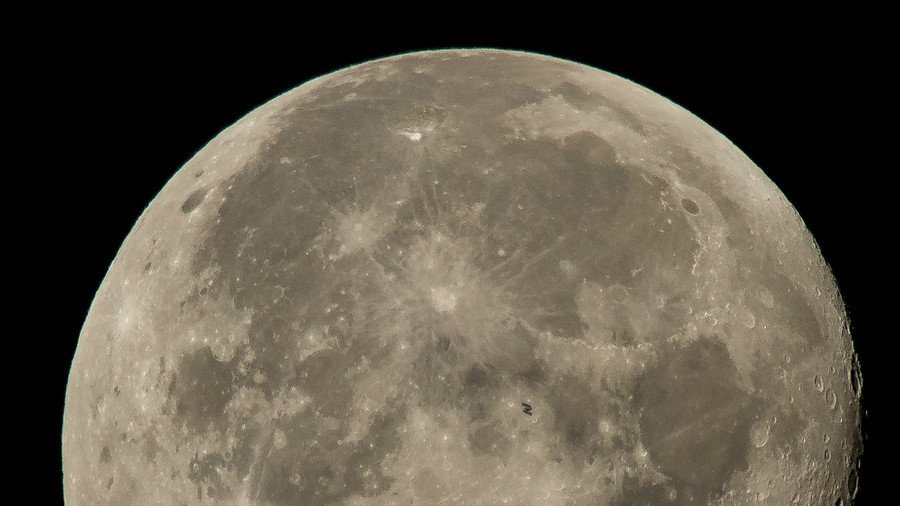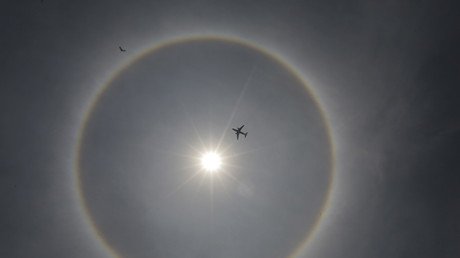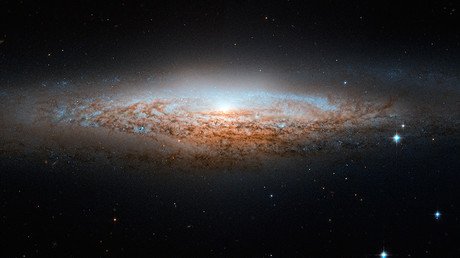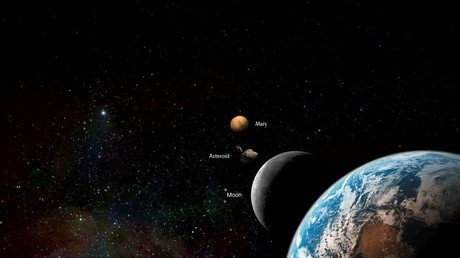Origin of the moon called into question by groundbreaking new study

The prevailing theory of how our moon came into being is that a giant collision billions of years ago created the craggy rock. However, a new theory has called into question our basic understanding of lunar origin.
A study led by UC Davis planetary scientist Sarah Stewart and Harvard University’s Simon Lock, published in the Journal of Geophysical Research, presents a new hypothesis for the formation of our satellite. The paper also explains some inconsistencies in the predominating ‘impact theory’.
The current theory is that the moon was formed after Earth collided with a Mars-sized body called Theia some 4.5 billion years ago, throwing material into Earth’s orbit.
However, the new lunar origin model suggests that the moon emerged from the ring of our planet in its very early stages of development, while it was essentially a spinning cloud of vaporized rock or ‘synestia’.
While the predominant Theia impact theory is still true in Stewart and Lock’s hypothesis, their study found the moon actually formed inside Earth’s synestia. The researchers say this explains why the moon’s composition is similar to Earth.
"The new work explains features of the Moon that are hard to resolve with current ideas," Stewart said in a statement. "The moon is chemically almost the same as the Earth, but with some differences. This is the first model that can match the pattern of the Moon's composition."
The hypothetical concept of synestia occurs when two planet-sized objects collide, resulting in a rapidly spinning cloud of rock, hot dust and liquid with a molten core. The cloud then collapses under its own gravity to become a moon-like planet.
READ MORE: 4G in space: Telecom giants to set up mobile internet on the Moon
“Our model shifts the paradigm for lunar origin from specifying a certain impact scenario to achieving a moon-forming synestia. Giant impacts that produce potential moon-forming synestias were common at the end of terrestrial planet formation,” wrote the study’s authors.
Following the impact, around 10 percent of Earth would simply have been vapourised, say the researchers, and within the remaining liquid rock would be a small seed of the moon.
"Over time, the whole structure shrinks, and the moon emerges from the vapour," Lock said. "Eventually, the whole synestia condenses and what's left is a ball of spinning liquid rock that eventually forms the Earth as we know it today."
More research is needed to prove the synestias process while future testing of moon material is expected to determine just how likely the new scenario is.















